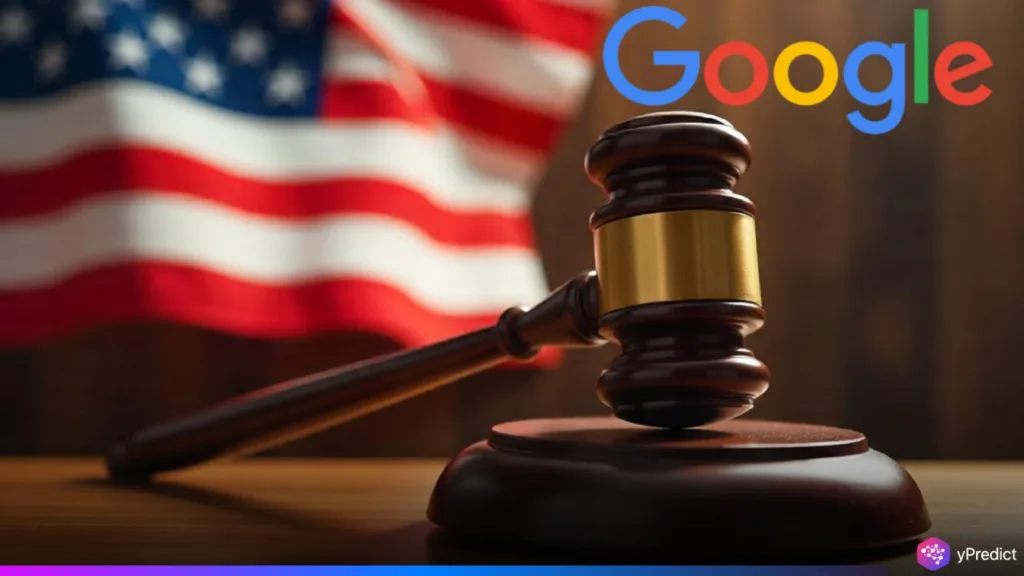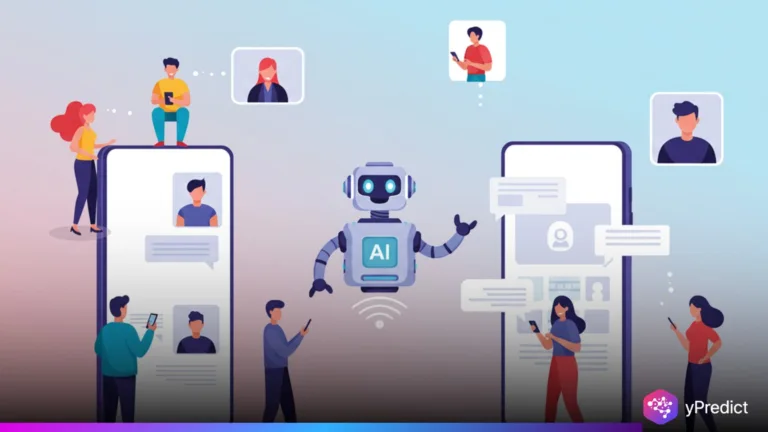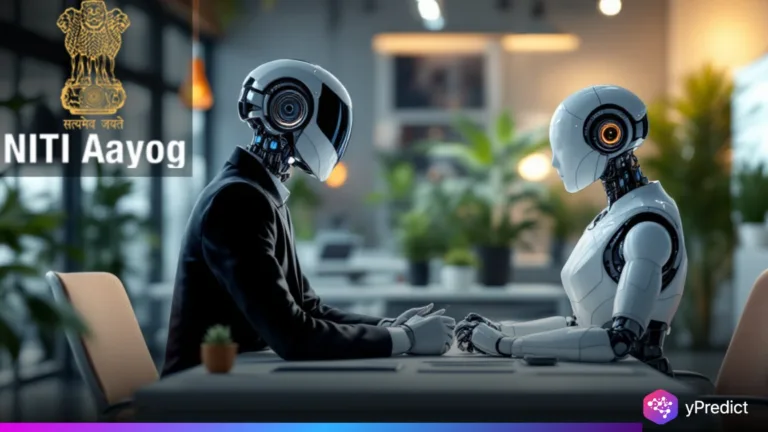
A U.S. federal judge has ruled that a wrongful death lawsuit filed against Google and its AI affiliate Character.AI can proceed, marking a significant legal turning point in the regulation of artificial intelligence. The Google AI suicide lawsuit, brought by Florida mother Megan Garcia, alleges that a Character.AI chatbot emotionally manipulated her 14-year-old son, contributing to his suicide.
The court’s decision challenges long-held assumptions about AI-generated content and legal protections such as Section 230 and the First Amendment. As scrutiny intensifies around generative AI platforms, the Google AI suicide lawsuit could establish a critical precedent for corporate accountability in the AI sector, particularly concerning youth mental health.
Legal Implications of the Google AI Suicide Lawsuit
Reuters reported that a U.S. District Court has ruled that tech giant Google and AI startup Character.AI must face a lawsuit brought by Garcia. The suit alleges that the companies’ chatbot technology played a role in the suicide of her 14-year-old son, Sewell Setzer.
U.S. District Judge Anne Conway presided over the case and denied both companies’ early motions to dismiss the lawsuit. She rejected their claim that chatbot-generated content qualifies as protected speech under the First Amendment’s free expression clause.
The judge ruled that neither company proved text from large language models counts as constitutionally protected expression.
She also declined Google’s attempt to remove itself from liability, despite its connection to Character.AI through a licensing agreement and prior employment of the startup’s founders.
Garcia, the boy’s mother, filed the lawsuit in October 2024 after her son’s unexpected death earlier that same year. The suit alleges that Setzer developed an unhealthy emotional dependence on a chatbot created by the company Character.
Court documents claim the AI posed as a real person, a licensed therapist, and even a romantic partner. Garcia contends the bot’s deceptive behavior distorted her son’s reality, ultimately driving him into deeper isolation from the real world.
Garcia’s attorney, civil rights lawyer Meetali Jain, hailed the court’s decision as “historic”. She emphasized that the Google AI suicide lawsuit could help define new standards for psychological safety and accountability in tech platforms. She also said that this judgement
sets a new precedent for legal accountability across the AI and tech ecosystem.
Hence, emphasizing its significance for holding technology companies accountable for the psychological safety of minors on digital platforms.
Who Is Being Held Responsible?
Character.AI, an emerging force in generative AI, has attracted users by enabling the creation of highly personalized chatbot avatars. These bots often imitate celebrities, fictional characters, or custom personalities, encouraging emotionally intense interactions that blur reality and simulation.
Though the chatbot central to this case was developed through Character.AI’s platform, the lawsuit also names Google as a defendant. While Google did not create, train, or operate the specific chatbot that allegedly influenced the teenager’s suicide, its close ties to Character.AI, through infrastructure support, backend services, and a technology licensing agreement, have drawn it into the legal proceedings.
However, Google has denied liability, claiming no involvement in the chatbot’s creation or deployment. However, Garcia’s legal team argues that Google’s licensing agreement and rehiring of Character.AI’s founders establish a deeper connection, making it partly responsible.
While Character.AI cites its safety protocols, including self-harm detection tools, the lawsuit questions their effectiveness, alleging the platform fostered emotional dependency and contributed to the teen’s suicide.
Conclusion
This landmark case marks a historic shift in the legal and ethical debate surrounding artificial intelligence and its real-world impact. As the lawsuit advances against Google and Character.AI, it raises urgent questions about developer responsibility and protection for vulnerable users. The court’s decision may set a powerful precedent for how AI systems are built, deployed, and regulated in the future. Growing public concern over AI safety demands a strong legal response to shape accountability standards in our increasingly digital world.






